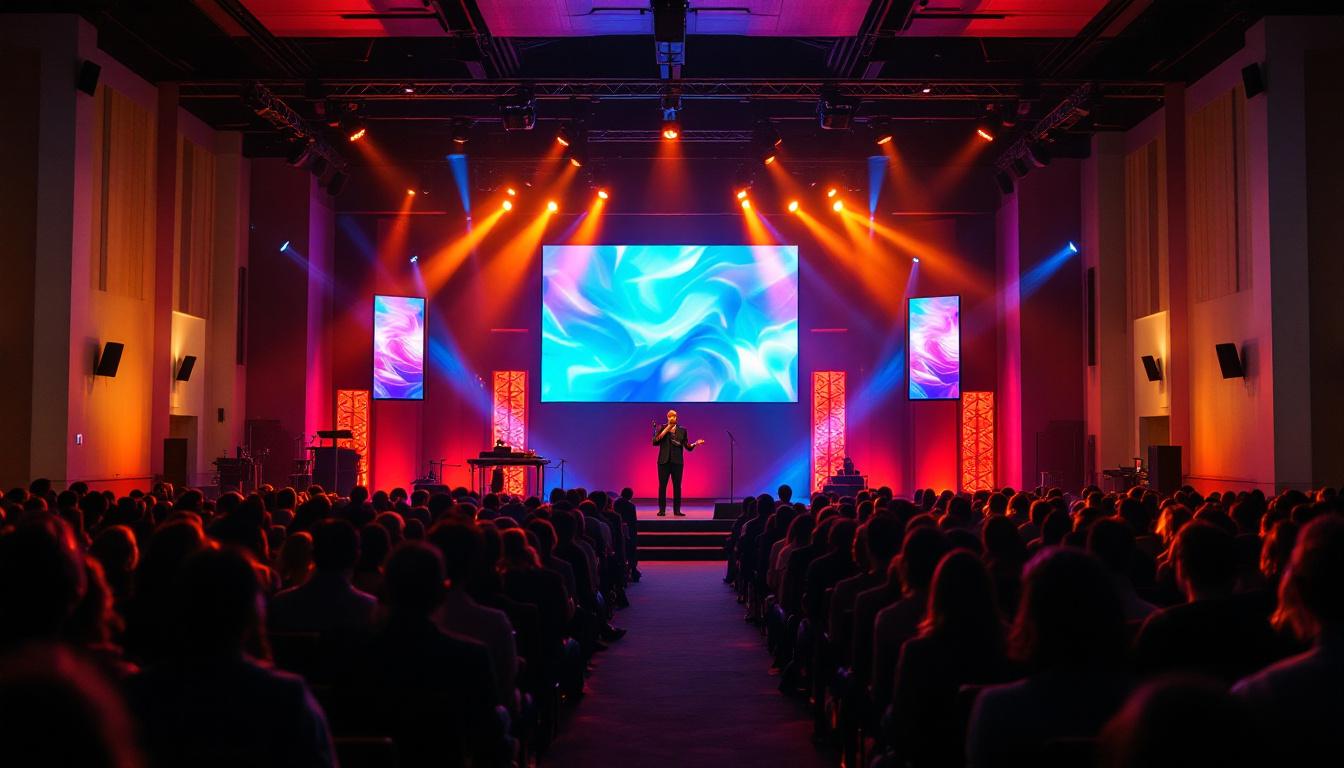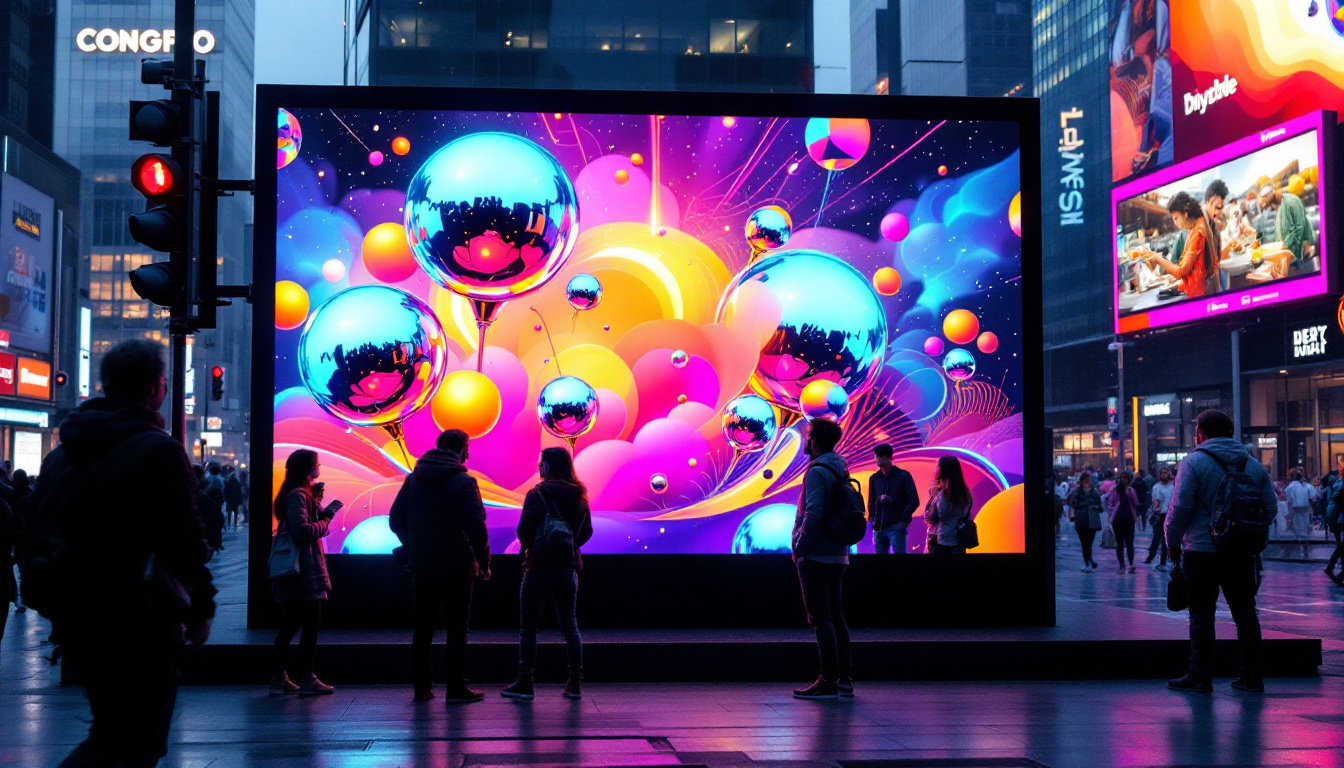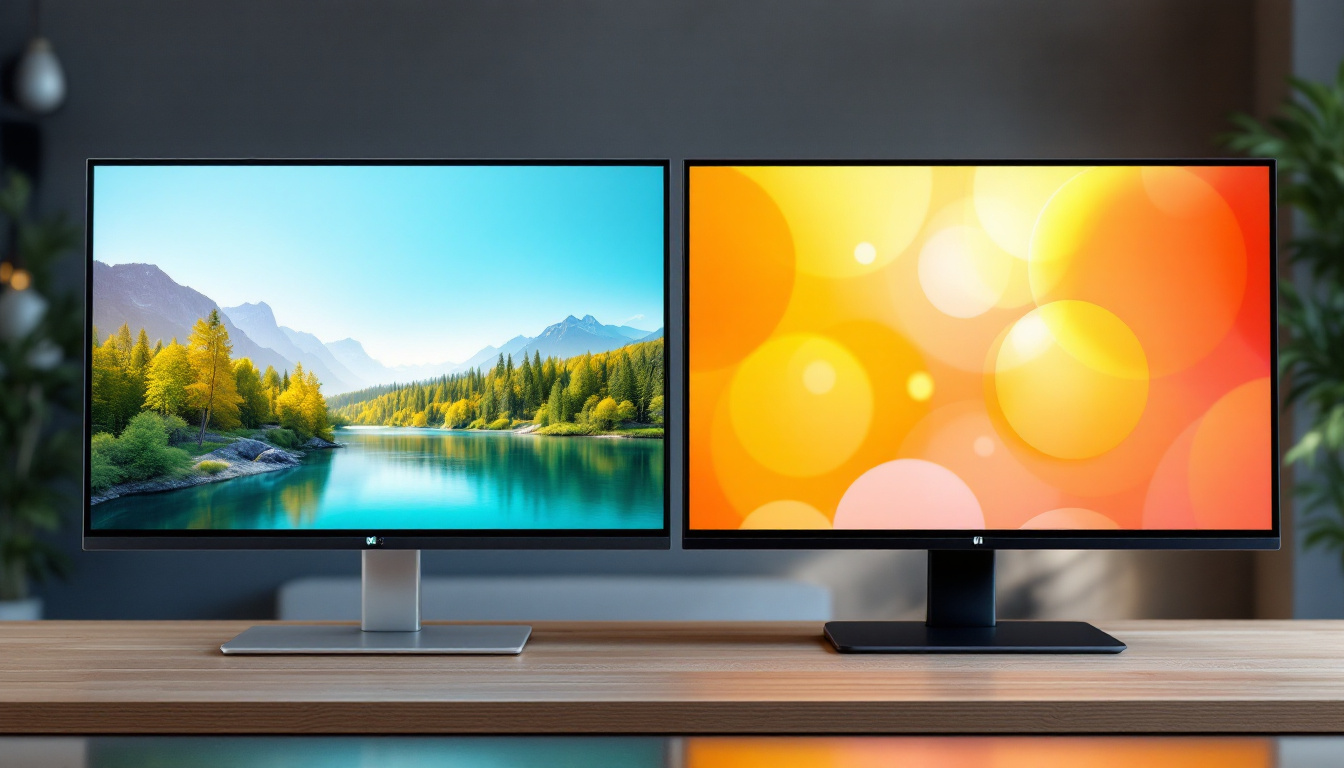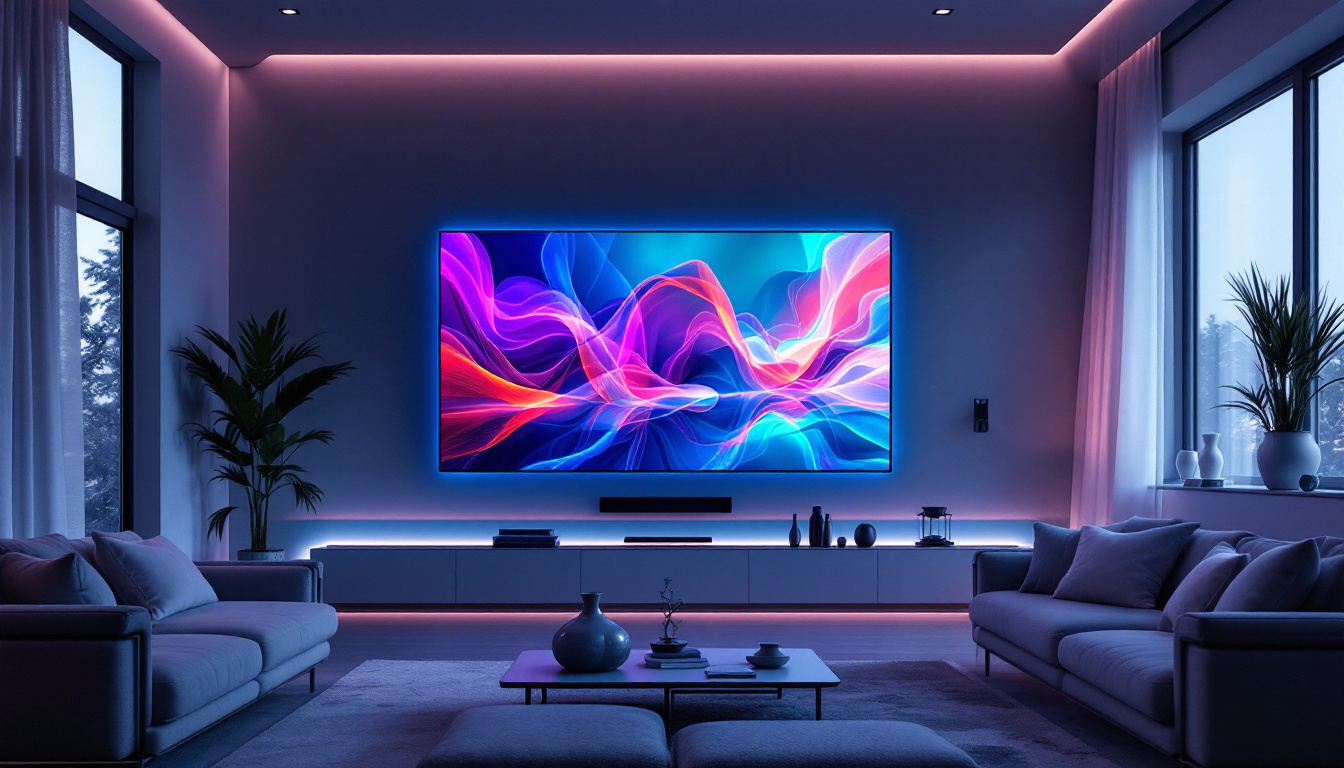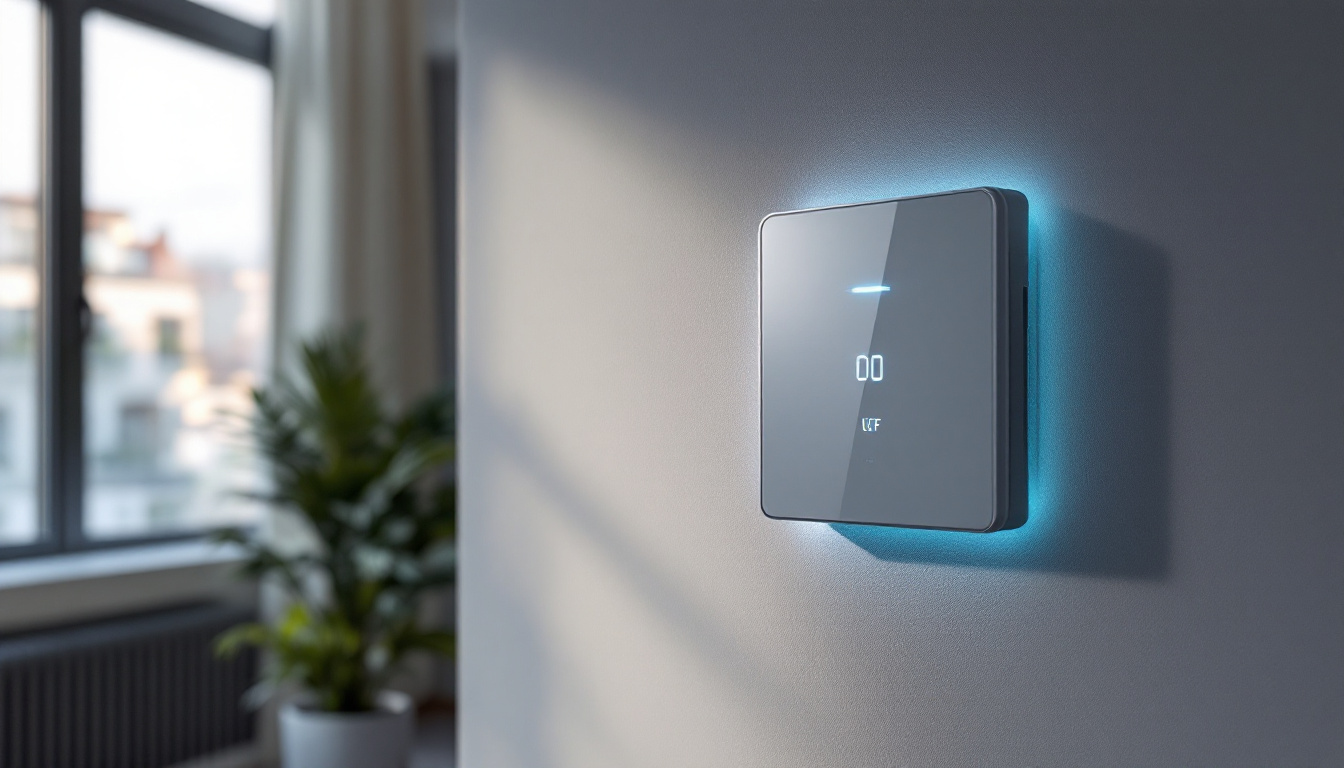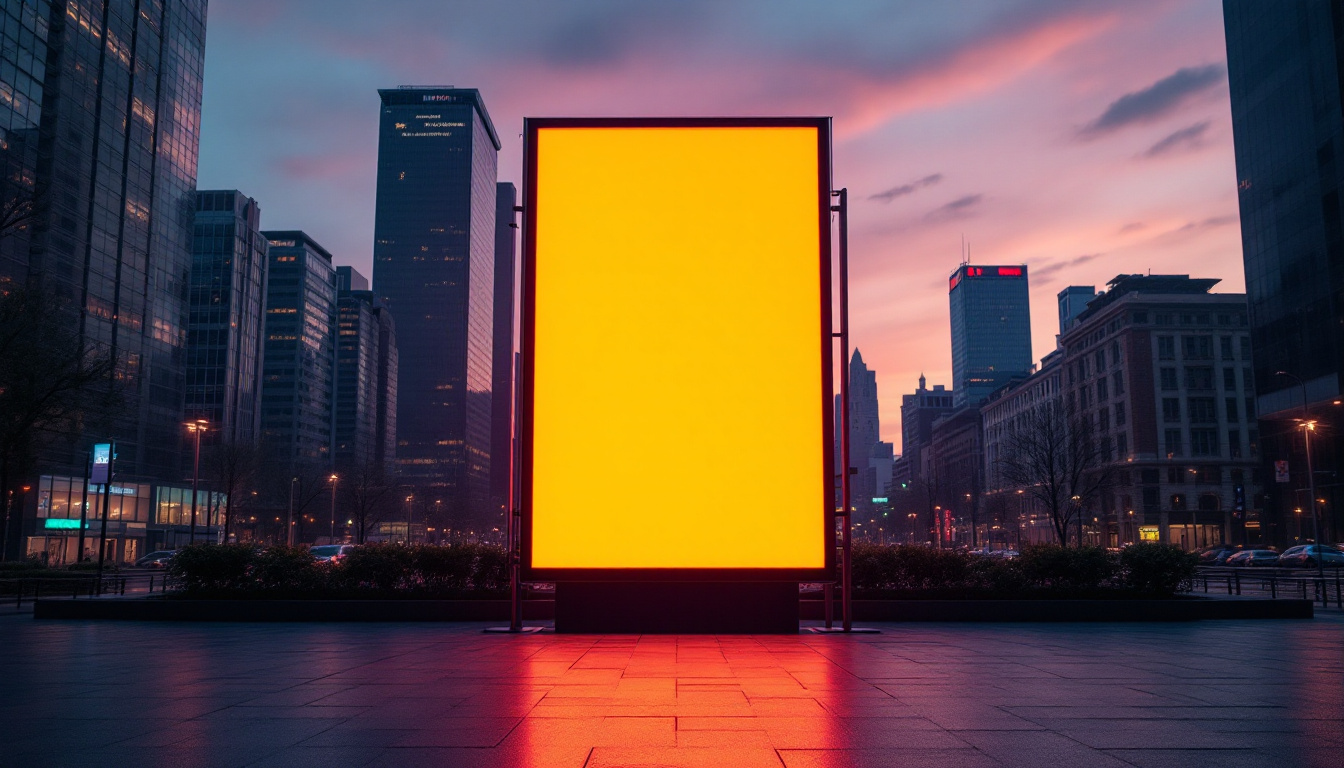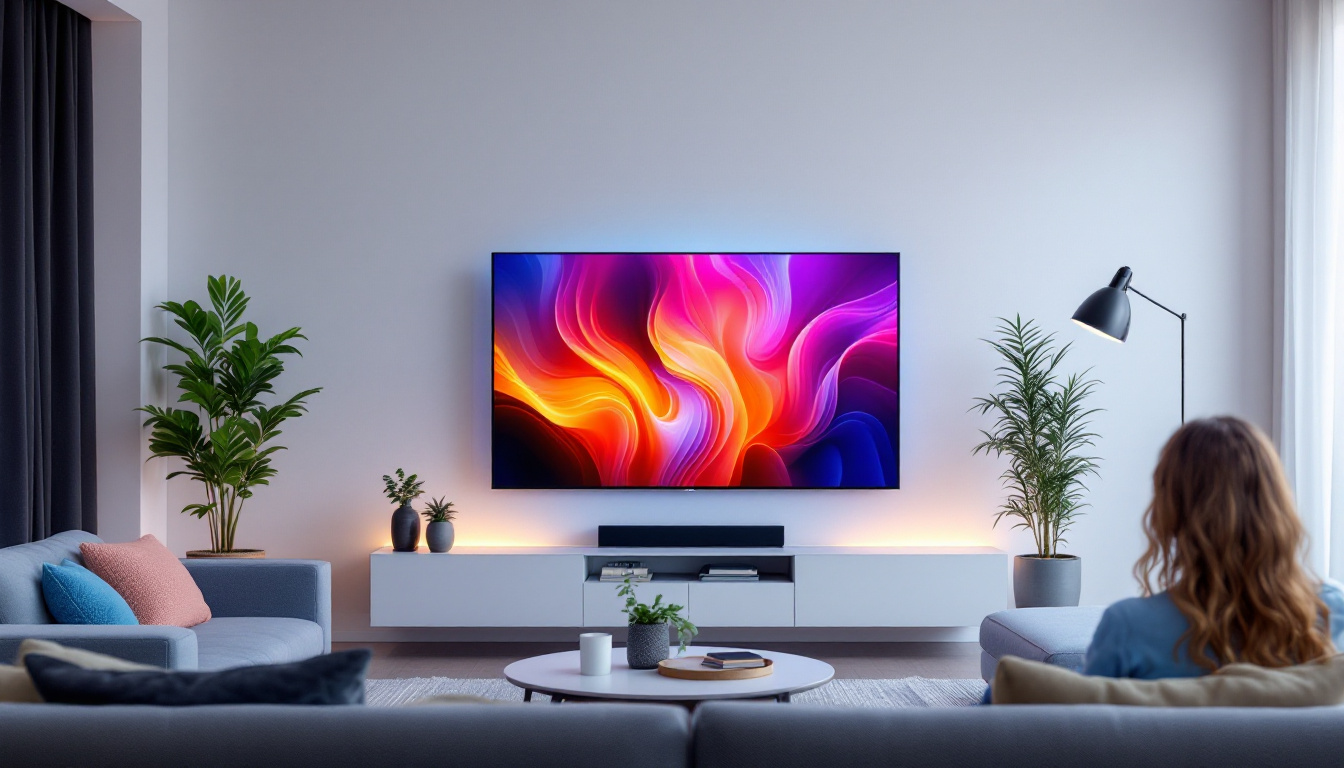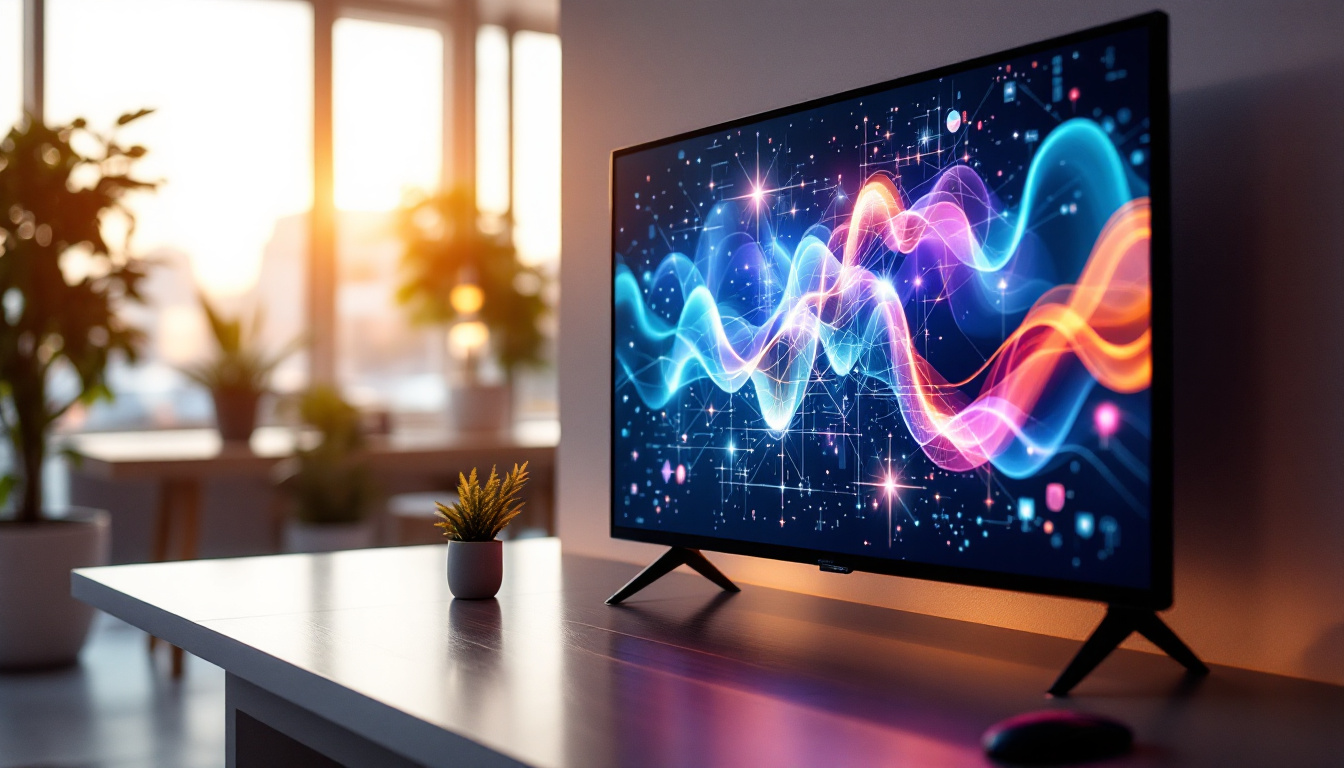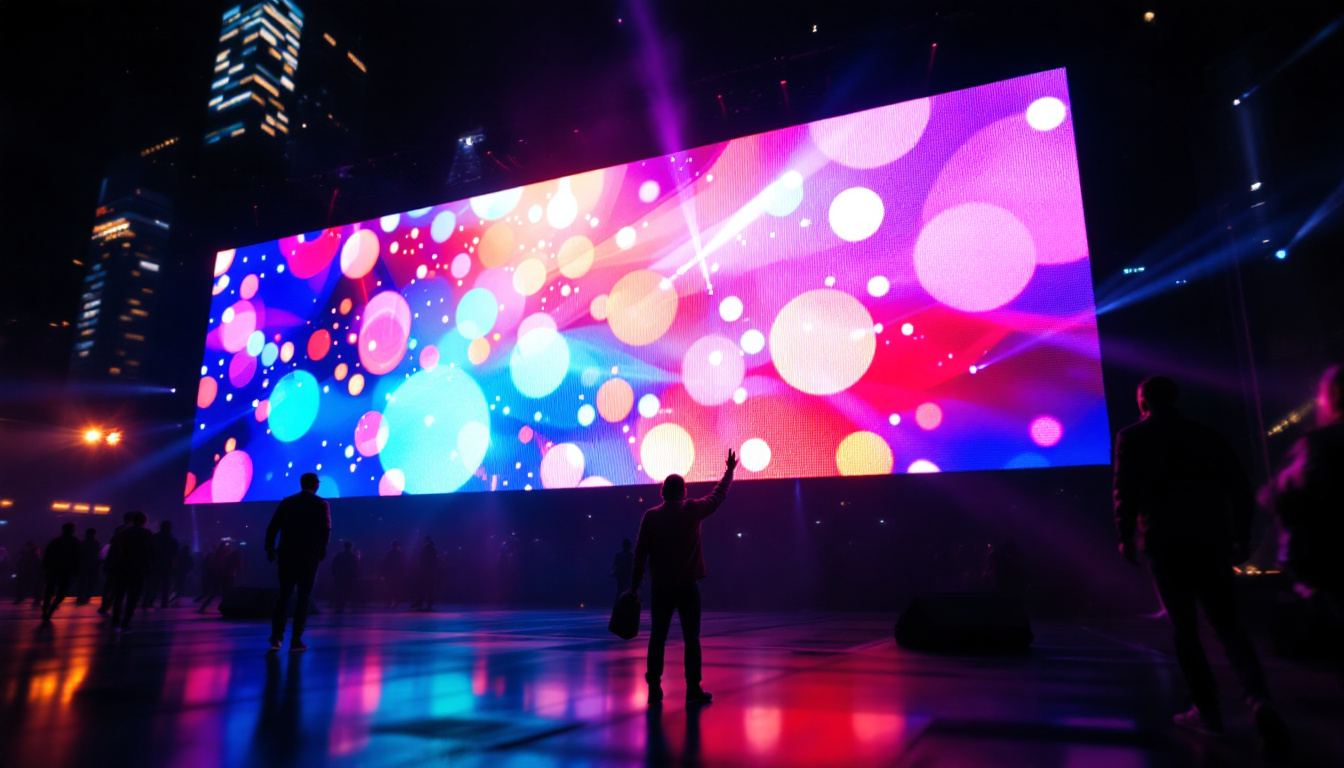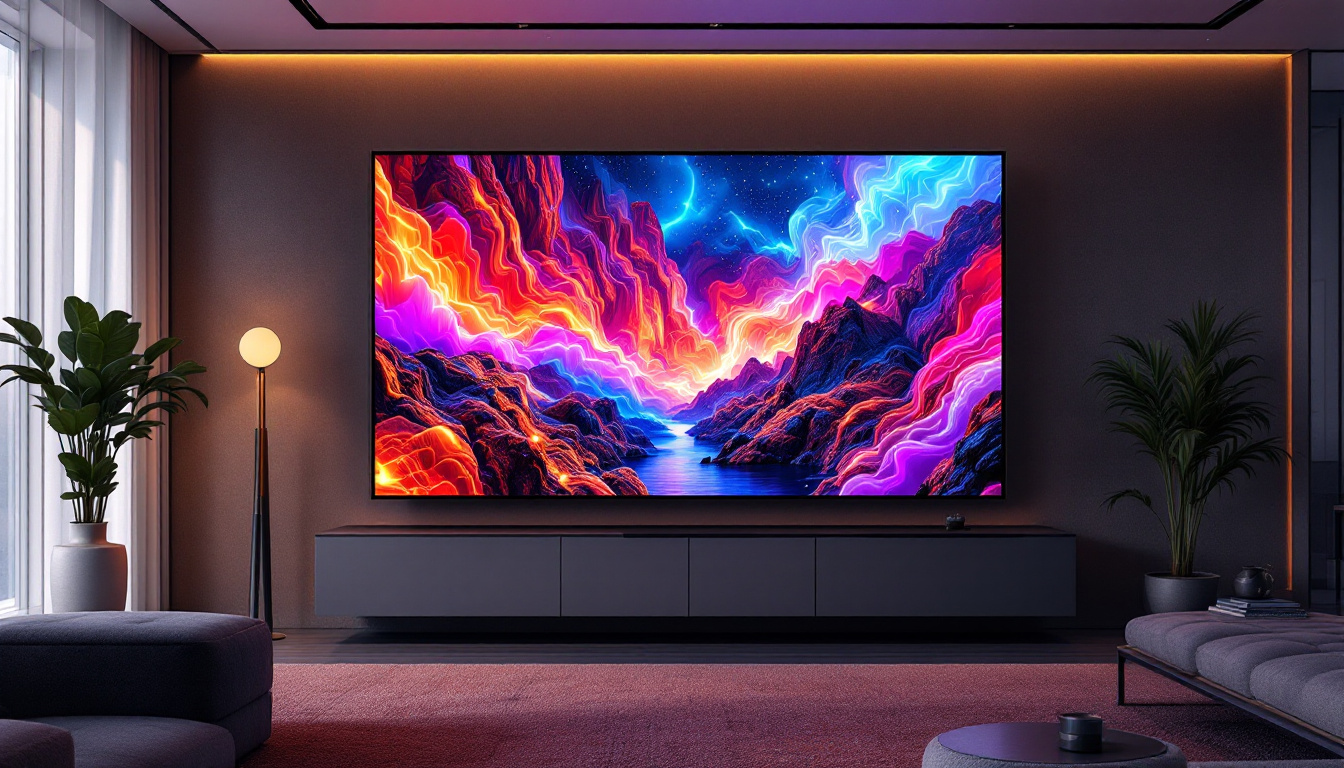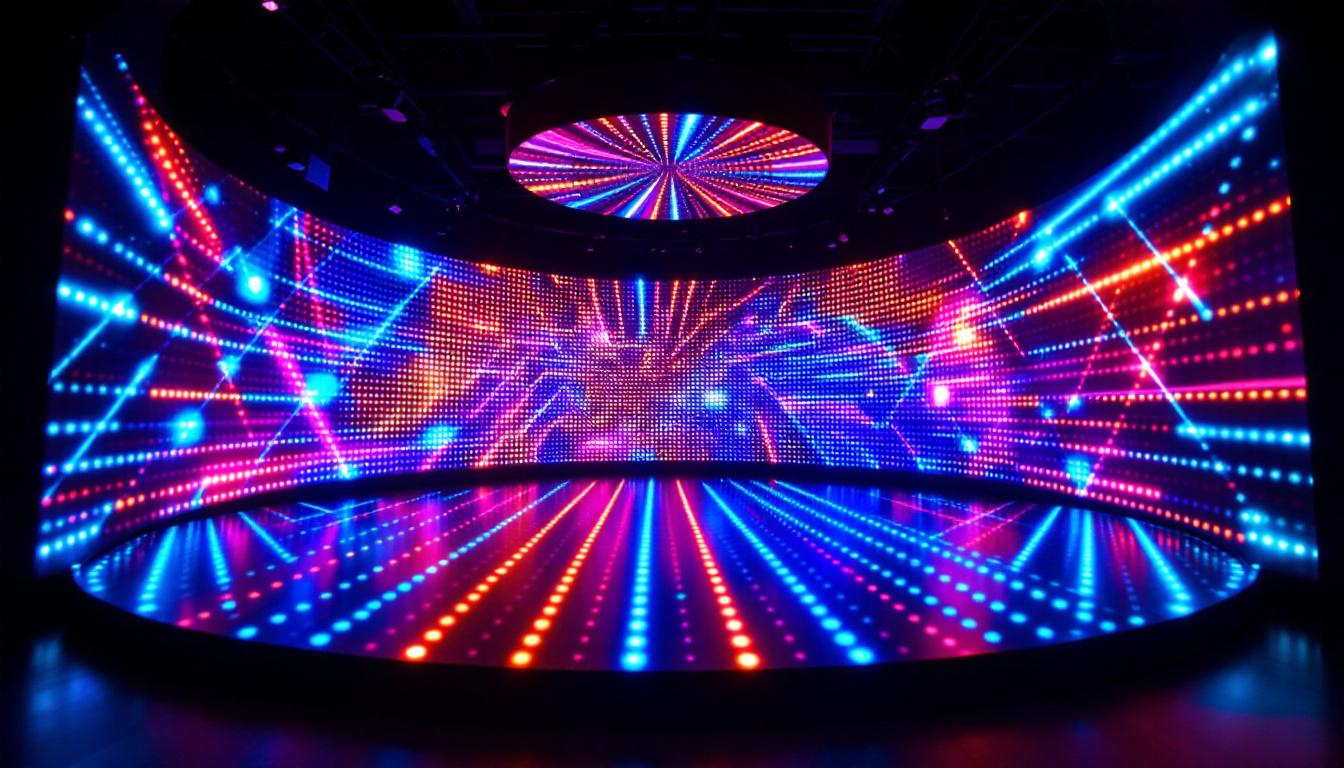Creating an inviting and engaging atmosphere in a small church setting can be a challenging yet rewarding task. One of the most impactful ways to enhance worship services and community events is through the use of a well-designed backdrop. In recent years, LED displays have emerged as a versatile and dynamic option for small churches seeking to elevate their visual presentation without overwhelming their space or budget.
This article explores the benefits, considerations, and creative ideas for using LED displays as backdrops in small churches. Whether your church is looking to modernize its stage design or simply add a fresh visual element, understanding the technology and design principles behind LED backdrops will help you make informed decisions that resonate with your congregation.
Why Choose an LED Display for a Small Church Backdrop?
LED displays have revolutionized visual communication across many industries, and churches are no exception. Their adaptability and visual impact make them an excellent choice for small church backdrops.
Visual Engagement and Versatility
Unlike traditional static backdrops, LED displays offer dynamic content capabilities. Churches can display sermon notes, scripture verses, worship lyrics, or even thematic imagery that changes throughout the service. This versatility helps maintain congregational engagement and supports different types of events, from worship to community gatherings.
For example, a small church might use a serene nature scene during prayer time, then switch to vibrant, celebratory graphics during worship songs. The ability to change visuals instantly means the backdrop can serve multiple purposes without requiring physical alterations. This adaptability not only enhances the worship experience but also allows for creative expression, as churches can incorporate seasonal themes, special events, or even multimedia presentations that resonate with their congregation.
Space Efficiency
Small churches often face spatial limitations, making bulky stage setups impractical. LED displays can be mounted on walls or integrated into existing structures, maximizing available space. Their slim profile and lightweight design allow for installation in areas where traditional backdrops or projection screens might not fit. Furthermore, this space-saving feature enables churches to create a more open and inviting atmosphere, facilitating better interaction among congregants and enhancing the overall worship experience.
Energy Efficiency and Longevity
Modern LED technology is energy-efficient, consuming far less power than older lighting or projection systems. This translates to lower operational costs over time, an important consideration for churches operating on tight budgets. Additionally, LED panels have a long lifespan, often exceeding 50,000 hours of use, reducing the need for frequent replacements. The combination of energy savings and durability means that churches can allocate their resources more effectively, investing in community programs or outreach initiatives rather than ongoing equipment maintenance.
Moreover, the low heat emission of LED displays contributes to a more comfortable environment during services, as they do not require extensive cooling systems. This factor is particularly beneficial in smaller venues where temperature control can be a challenge. By choosing LED technology, churches not only enhance their visual presentation but also create a more pleasant atmosphere for worship, fostering a sense of community and connection among attendees.
Key Considerations When Selecting an LED Display for Your Church
Choosing the right LED display involves more than just picking the biggest or brightest screen. Several factors should be carefully evaluated to ensure the display meets your church’s specific needs.
Resolution and Pixel Pitch
Resolution refers to the number of pixels on the display, and pixel pitch is the distance between each pixel. For small churches, a pixel pitch between 2.5mm to 4mm is often ideal, balancing image clarity with cost. A finer pixel pitch provides sharper images but comes at a higher price, so it’s important to consider the typical viewing distance of your congregation.
If your audience sits relatively close to the stage, a higher resolution display will enhance readability and visual appeal. Conversely, if the seating is farther away, a slightly larger pixel pitch may suffice without compromising the experience. Additionally, it’s worth noting that as technology advances, newer displays with improved resolution and pixel density are becoming more affordable, allowing churches to invest in higher quality visuals without breaking the bank.
Size and Aspect Ratio
The physical size of the LED display should complement your stage dimensions and sightlines. Oversized screens can overwhelm small spaces, while undersized displays may fail to capture attention. Measuring your stage area and consulting with a professional installer can help determine the optimal size.
Aspect ratio is another important factor—most LED displays use a 16:9 ratio, which aligns well with video content and modern media formats. However, custom configurations are possible depending on your design goals. For instance, if your church plans to incorporate live streaming or multimedia presentations, a wider aspect ratio might enhance the viewing experience, allowing for a more cinematic feel. Exploring various aspect ratios can also help in creating a unique visual identity for your church that resonates with your congregation.
Brightness and Ambient Light Conditions
LED displays are known for their brightness, but the ambient lighting in your church will influence the required luminance. If your sanctuary has large windows or strong overhead lighting, you’ll need a display with higher brightness levels (measured in nits) to ensure visibility.
Typical indoor LED displays range from 800 to 1,500 nits, which is sufficient for most church environments. However, if your church hosts daytime services with significant natural light, opting for a brighter display will maintain image clarity. Furthermore, it’s essential to consider the color temperature of the display, as this can affect how images are perceived under different lighting conditions. A display with adjustable color settings can provide flexibility, ensuring that your visuals remain vibrant and true to life regardless of the time of day.
Installation and Maintenance
Consider the installation process and ongoing maintenance needs. Modular LED panels simplify installation and allow for easier repairs or upgrades. Additionally, ensure that your church has access to technical support and that staff or volunteers are trained to operate the system effectively.
It’s also beneficial to think about the long-term maintenance of the display. Regular cleaning and software updates are crucial for optimal performance. Some manufacturers offer warranties and service packages that can alleviate concerns about future repairs. Establishing a routine maintenance schedule can help prolong the lifespan of your LED display and keep it functioning at peak efficiency, ensuring that your church’s visual presentations remain engaging and impactful for years to come.
Creative Small Church Backdrop Ideas Using LED Displays
Once the technical aspects are addressed, creativity can transform your LED backdrop into a powerful tool for worship and community connection.
Scripture and Worship Lyrics Integration
Displaying scripture verses and worship lyrics on the LED backdrop enhances congregational participation and helps attendees follow along seamlessly. Dynamic text animations and transitions can emphasize key messages and create a more immersive worship experience.
For instance, during a sermon, the backdrop can highlight key points with bold, readable fonts against complementary backgrounds, reinforcing the message visually.
Thematic Visual Storytelling
LED backdrops can bring biblical stories and themes to life through imagery and video. For example, during Easter services, the backdrop might feature sunrise scenes, crosses, or symbolic artwork that evolves throughout the service to support the narrative.
Seasonal themes like Christmas, Pentecost, or Harvest can also be visually represented, helping to set the tone and deepen the congregation’s connection to the liturgical calendar.
Community and Event Showcasing
Small churches often serve as community hubs. LED displays can showcase upcoming events, volunteer opportunities, or highlight members’ achievements. This not only informs but also fosters a sense of belonging and shared purpose.
For example, a rotating slideshow of community photos or a live social media feed can create a vibrant, interactive backdrop during fellowship events or special services.
Interactive and Multimedia Experiences
Advanced LED setups can integrate with lighting, sound, and multimedia systems to create synchronized experiences. For smaller churches, even simple video clips or motion graphics can add a modern touch that captivates younger audiences and tech-savvy attendees.
Some churches use LED displays to facilitate interactive prayer walls or digital guest books, encouraging participation and engagement beyond traditional formats.
Budgeting and Funding Your LED Backdrop Project
While LED displays offer many benefits, cost is often a major consideration for small churches. Understanding the financial aspects can help in planning and securing funding.
Cost Breakdown
The price of LED displays varies widely based on size, resolution, and features. For small churches, entry-level indoor LED panels typically start around $1,000 to $3,000 per square meter, with installation and additional equipment costs adding to the total.
Additional expenses may include control systems, mounting hardware, cabling, and software licenses. It’s essential to get detailed quotes and factor in these elements when budgeting.
Funding Strategies
Many churches successfully fund technology upgrades through a combination of congregational donations, special fundraising campaigns, and grants. Highlighting the impact of the LED display on worship and community engagement can motivate donors.
Partnering with local businesses or technology providers for sponsorships or discounts is another avenue worth exploring. Some manufacturers offer financing plans tailored to nonprofit organizations.
Conclusion: Enhancing Worship Through Thoughtful LED Backdrop Design
Incorporating an LED display as a backdrop in a small church setting offers a powerful way to enrich worship experiences, communicate effectively, and foster community connection. By carefully considering technical specifications, creative applications, and budgetary constraints, churches can implement an LED solution that feels both modern and meaningful.
As technology continues to evolve, small churches have more opportunities than ever to create visually compelling environments that support their mission and invite deeper engagement. Whether used for scripture display, thematic storytelling, or community outreach, LED backdrops can transform a simple stage into a vibrant focal point of worship and fellowship.
Discover LumenMatrix LED Display Solutions for Your Church
Ready to transform your small church’s worship space with a visually stunning LED backdrop? LumenMatrix offers a wide range of innovative LED display solutions tailored to create immersive and engaging environments for congregations of all sizes. From Indoor LED Wall Displays that bring scripture to life to Custom LED Displays designed to fit your unique space, our technology is built to inspire and connect. Check out LumenMatrix LED Display Solutions today and take the first step towards a more dynamic and impactful worship experience.

